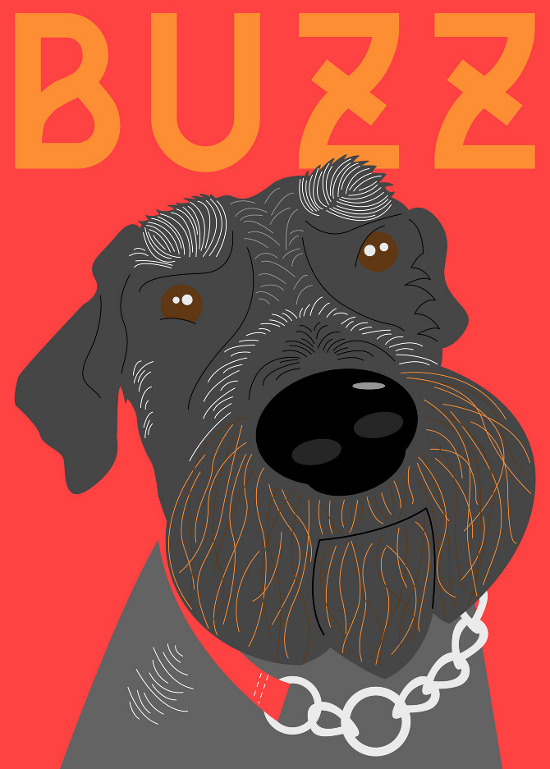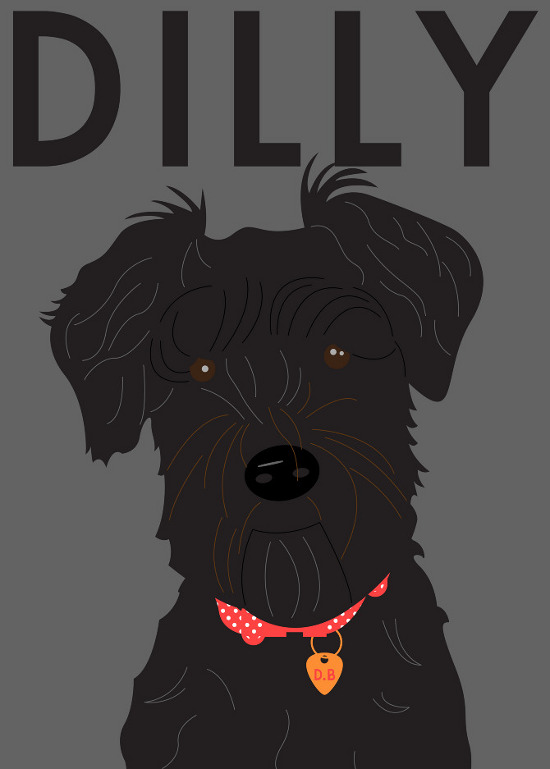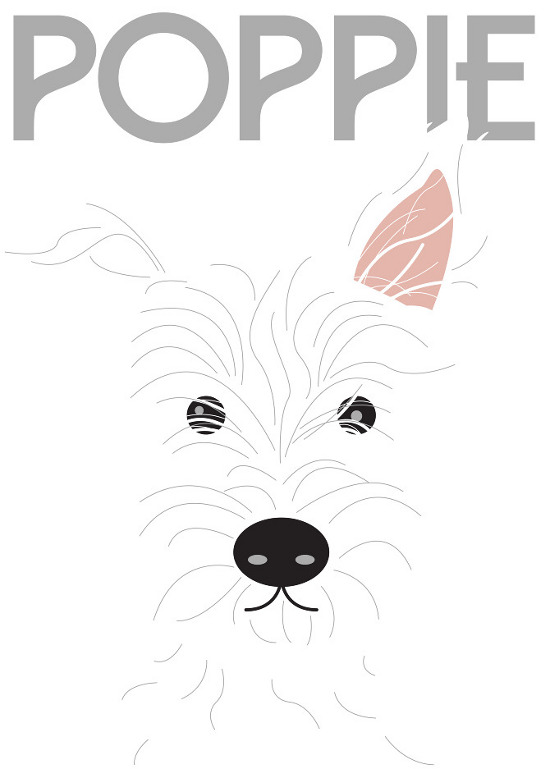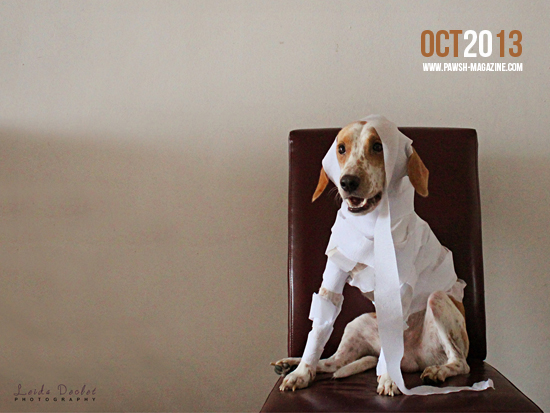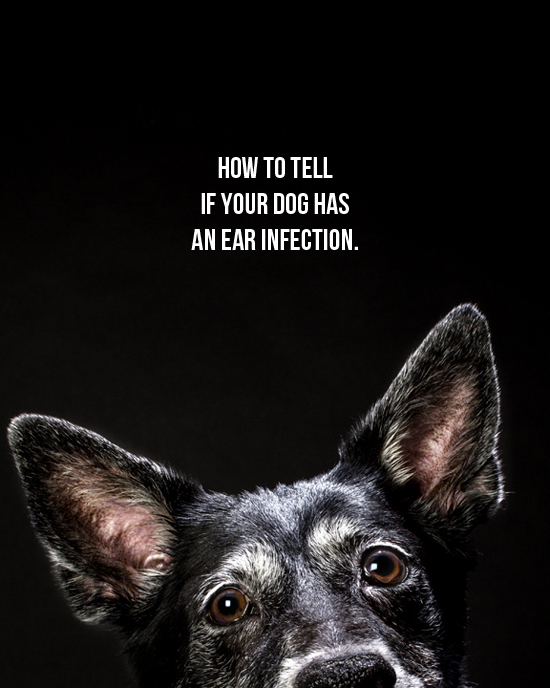 Everybody knows that dogs have incredible hearing, but did you know that many breeds and mixes, of all shapes and sizes, are prone to ear infections.
Everybody knows that dogs have incredible hearing, but did you know that many breeds and mixes, of all shapes and sizes, are prone to ear infections.
Unlike a human ear canal, a dog’s is rather L-shaped, which means waxy build-up can more easily occur in the little elbow of that ‘L’ shape. Wax build-up then leads to bacteria and even fungus development which can become very serious and uncomfortable.
Today we’re chatting about ear-care basics; how to identify an ear infection, how to prevent it and how to treat it if need be.
4 signs your dog might have an ear infection
 1. Unusual smell
1. Unusual smell
A canine ear infection typically comes with a rather pungent and noticeable smell. If you notice such an unpleasant smell when you hover above your dog’s head or flip your dog’s ears, take your pupster to your vet for a complete check up.
2. Shaking
As you can imagine, having an ear infection is very uncomfortable and a dog will do whatever it can to try and relieve some of that discomfort. Excessive shaking of the head is a common symptom of an ear infection, so be sure to watch for this behaviour.
3. Scratching
Similar to shaking of the head, scratching is another way for a dog to try and make itself feel better. A dog may try to scratch around or by its ear to the point of breaking the skin, or even rub the side of its head along the ground in an effort to stop the irritation.
4. Inflammation
Perhaps the best indication of an ear infection, however, is redness, swelling or visible irritation around the ear or inside the ear. To check for this simple flip your dog’s ear – gently of course, as they are probably sensitive – and observe. Do not touch the redness or irritation as that will most likely be painful for your dog.
How to treat a dog ear infection?
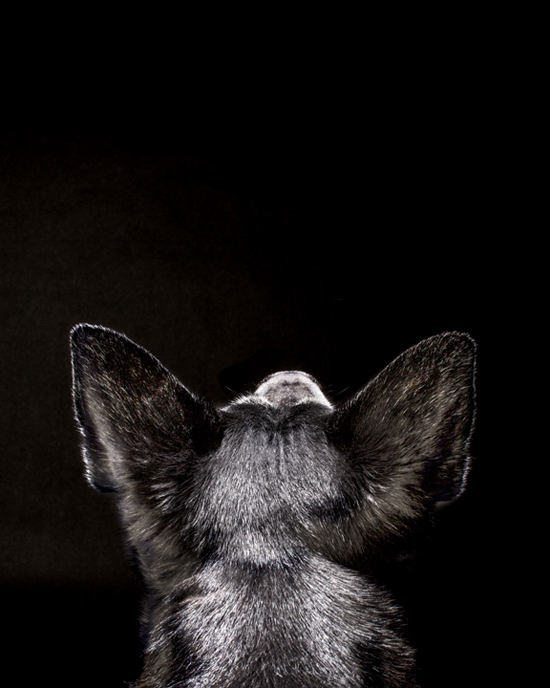 If any or all of these symptoms are observed in your dog, it is recommended that you visit your regular vet as soon as possible for a proper diagnosis and treatment plan. Usually, ear infections are treated with specially prescribed medicated ear drops that need to be administered anywhere from once to three times daily for a week or two.
If any or all of these symptoms are observed in your dog, it is recommended that you visit your regular vet as soon as possible for a proper diagnosis and treatment plan. Usually, ear infections are treated with specially prescribed medicated ear drops that need to be administered anywhere from once to three times daily for a week or two.
How to prevent a dog ear infection
 Some dogs are naturally prone to nutritional and environmental allergies, such as wheat or pollens, which make them more susceptible to ear irritations. However, according to vets, one of the leading causes of dog ear infections is excess moisture in the ear canal.
Some dogs are naturally prone to nutritional and environmental allergies, such as wheat or pollens, which make them more susceptible to ear irritations. However, according to vets, one of the leading causes of dog ear infections is excess moisture in the ear canal.
This excess moisture usually occurs after your dog has a bath or a swim. The extra moistness in your dog’s ear canal creates a prime breeding ground for bacteria to fester. So be sure to dry your dog’s ears well after water activities by covering your index finger with a dog towel and delicately drying the inside area.
Hair or fur in the ears can also contribute to excessive waxy build-up, so be sure to ask your groomer to trim the inside ear fur whenever you take Mr. Fluffypants in for a haircut.
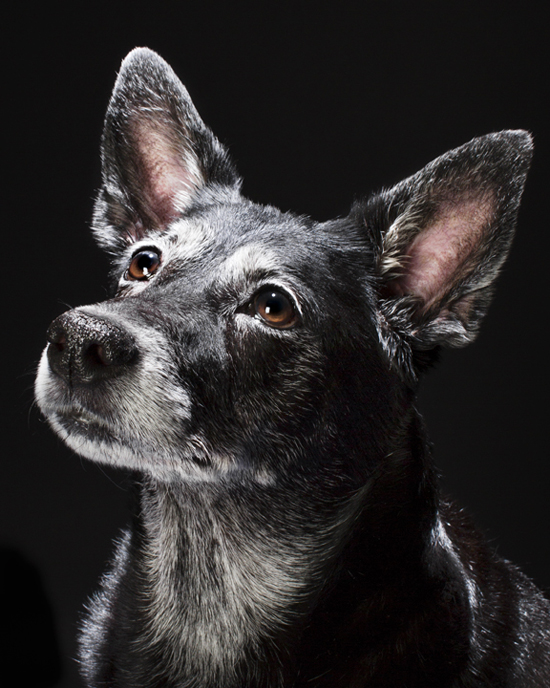
{Huge thanks to my incredible friend and talented artist Tonya Pet Photography for photographing this special “Pet Wellness” column.}
***
This article was made possible by DogTrot Fitness — Canada’s exclusive distributor of the PetRun line of dog treadmills — the ideal solution if your dog doesn’t love dog parks.
 Adequate exercise is equally important to your dog’s wellness as a healthy diet. Even if you can’t run WITH your dog, we can help you meet his exercise needs, regardless of weather. With running decks scaled to suit any stride, there’s a PetRun treadmill for every size of dog! WEBSITE | FACEBOOK | TWITTER
Adequate exercise is equally important to your dog’s wellness as a healthy diet. Even if you can’t run WITH your dog, we can help you meet his exercise needs, regardless of weather. With running decks scaled to suit any stride, there’s a PetRun treadmill for every size of dog! WEBSITE | FACEBOOK | TWITTER


